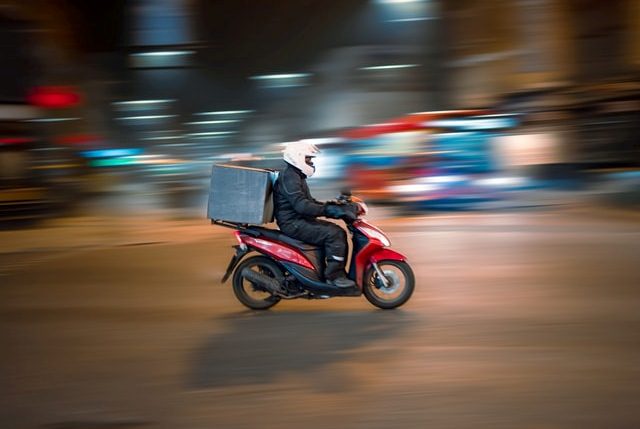-
Improve routing by giving dispatch drivers company-owned rugged devices equipped with easy-to-use dispatch and navigation features to keep them safe and on time
-
Minimize the time spent at each stop by giving drivers a mobile device that allows for a clean scan of parcel barcodes on the first trigger pull
-
Reduce customer contact without diminishing customer satisfaction
-
Improving trust and accountability is equally important to better delivery operations
Last-mile delivery tends to be the most expensive and time-consuming part of the process for enterprises, but there are rugged mobile technologies that can help change that, according to a new blog post from Zebra Technologies.
For small- to medium-sized businesses with limited budget, they can turn to their rugged handheld mobile computers, tablets, wearables, printers and scanners to almost instantaneously improve the efficiency and outcomes of delivery operations, said the article from Zebra, a US-based firm that designs, manufactures and sells automatic identification and data capture products.
“Whether you’re a manufacturer, warehouse operator, retailer, restaurant and other business, you’re probably using these mobile technologies in some other way already, so it wouldn’t take too much time or money to adapt your solution,” said author Mark Wheeler, lead for warehouse and plant floor solutions for Zebra’s North American manufacturing vertical.
One of the ways to enhance delivery operations is to improve routing by giving dispatch drivers company-owned rugged devices equipped with easy-to-use dispatch and navigation features to keep them safe and on time.
For example, a large-screen handheld mobile computer or tablet with GPS could help drivers navigate around traffic jams while sending real-time location updates back to the dispatch team and to the customer monitoring the status of a delivery. Simple voice features allows for instant, safe communications with the store or warehouse while in transit. And the right software applications can help drivers get to and from the right places at the right time as new pickups and drop-offs are requested.
Another is to minimize the time spent at each stop by giving drivers a mobile device that allows for a clean scan of parcel barcodes on the first trigger pull, the article said. This goes a long way to increasing efficiency once the drivers are on the road. For those delivering non-barcoded items, it can be beneficial to have a handheld mobile computer equipped with a high-resolution camera and/or contactless signature capabilities to capture proof of delivery, Wheeler said.
The third way is to reduce customer contact without diminishing customer satisfaction. With signature requirements now being waived and many delivery drivers now being asked to drop items outside doors because of rising COVID-19 cases and social distancing requirements, technology use has become essential to order completion.
Wheeler said a combination of GPS tracking and push notifications using rugged mobile computers can alert customers when delivery drivers are approaching. This allows the customer to guide the driver to a specific drop point to ensure proper distancing is maintained and/or prepare to come out and retrieve the items immediately after the driver returns to his or her vehicle.
If a signature is still required for high-value or high-volume items, a contactless receipt solution should be considered as it helps to keep both delivery personnel and customers safe and socially distanced, with no need to exchange pen and paper or touch the courier’s device, Zebra said.
Finally, improving trust and accountability is equally important to better delivery operations. When customers report issues related to delivery delays, missing orders, tampering or damaged goods, the company must be able to get to the bottom of things quickly, Wheeler said. With rugged mobile computers to use on the road, drivers can document every action taken during order fulfillment, which helps to improve the security of transported good, secure the customer’s trust and even improve the safety of drivers.
When choosing a mobile device, choose one that is able to maintain a strong wireless signal at all times, whether via Wi-Fi or 3G/4G/5G wireless networks. With the right rugged, enterprise-grade mobility solutions, you could optimize time-sensitive operations in a matter of days or weeks, Wheeler concluded.
Photo by Rowan Freeman on Unsplash





